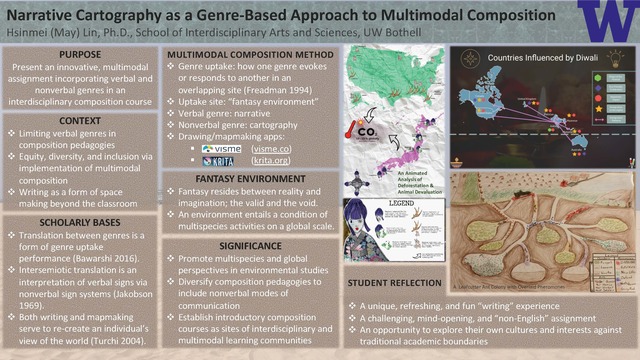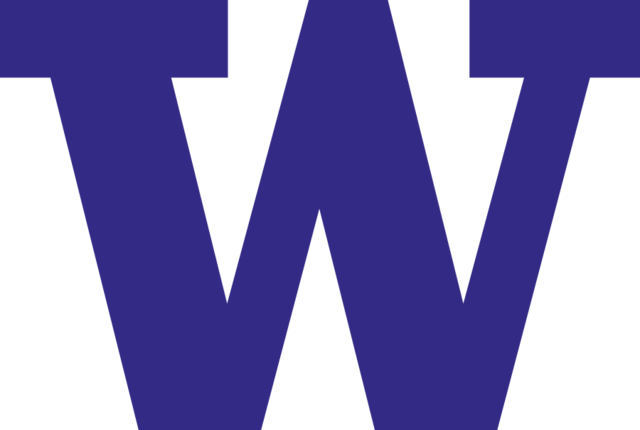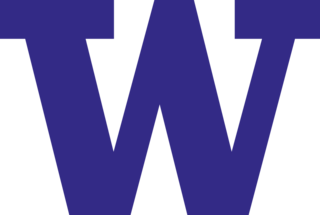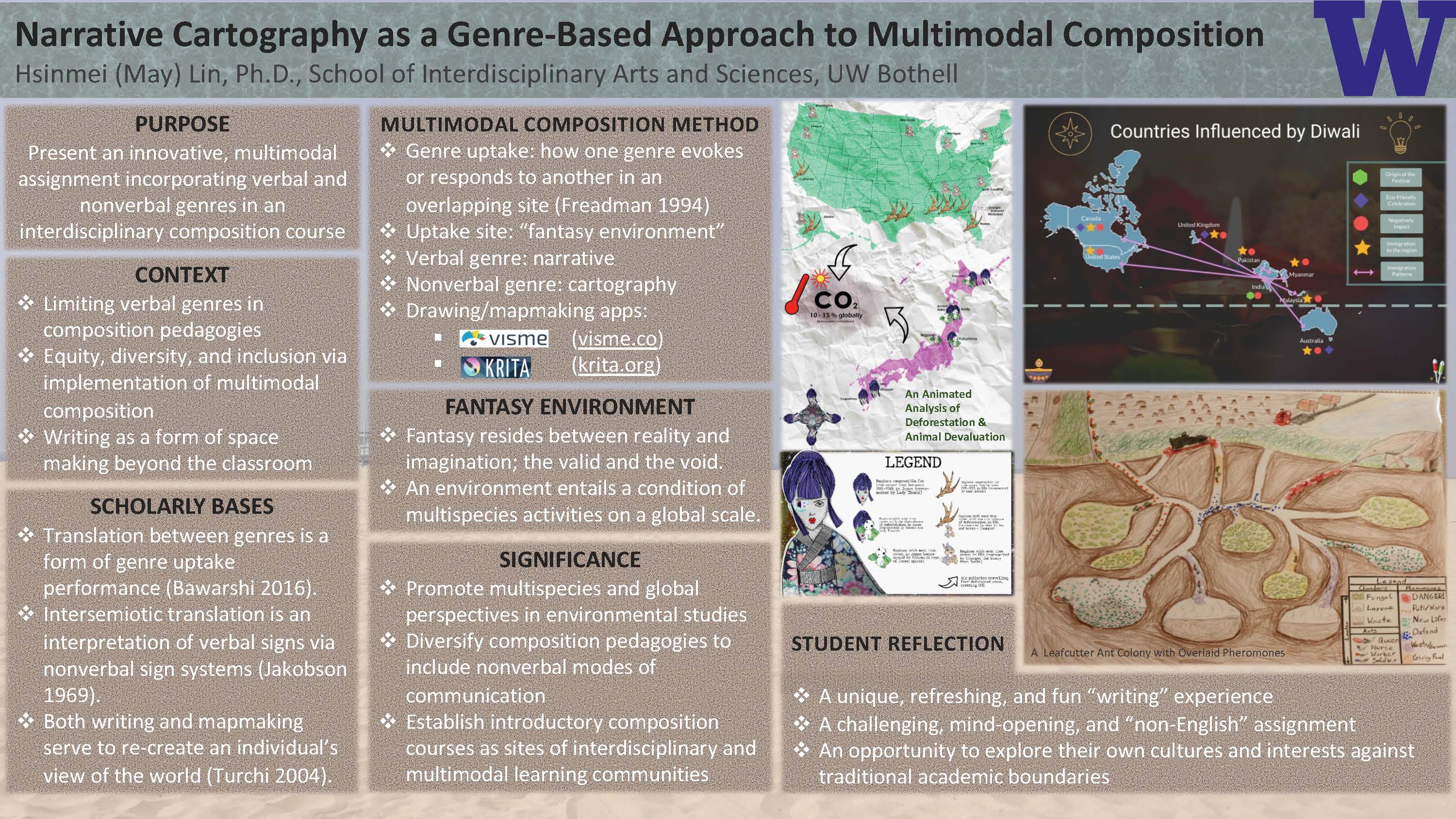Skip to main contentResource added 
Informed by Peter Turchi’s Maps of the Imagination: The Writer as Cartographer, Roman Jakobson’s “intersemiotic” characteristic of translation, and Anis Bawarshi’s “Beyond Genre Fixation,” I will present an assignment created for a first-year writing course that incorporates genres of narrative and cartography. Students conduct genre production based on their self-selected topics on environmentalism and create a “fantasy environment,” a term coined for the assignment. Our interpretation of fantasy, rather than its conventional definition of imaginative fiction, suggests a multi-species or global phenomenon unregistered on any maps. A fantasy environment, therefore, represents a student’s unique perspective on the environment as well as their approach to introducing that perspective on a map.
Each interpretation of a fantasy environment includes a narrative and a map. In the narrative portion, students explain their rationale behind a multi-species/global perspective on the environment and describe their cartographic process. In the cartographic portion, students translate the narrative through making hand-drawn or digital maps. Students reported in both the final reflection assignment and the fend-of-quarter course evaluation that they gained a new understanding about how cartography can be personal, creative, and flexible and how writing can be about building space for verbal and nonverbal communication.
The presentation is valuable to reimagine how verbal and nonverbal genres can be incorporated into composition pedagogies. It can also be productive, more generally, in inspiring instructors in the humanities to consider a multimodal approach to employing genre in writing-focused courses.
Narrative Cartography as a Genre-Based Approach to Multimodal Composition

Full description
Video Presentation
Author:
Hsinmei Lin, Interdisciplinary Arts and Sciences, UW BothellAbstract:
The presentation demonstrates an innovative approach to teaching composition via verbal and nonverbal modes of communication. The approach empowers students to build rhetorical skills across disciplines inside and outside the classroom. The assignment modeled in the presentation showcases how genre, when iterated in multiple modes of composition, enacts a transformative learning community.Informed by Peter Turchi’s Maps of the Imagination: The Writer as Cartographer, Roman Jakobson’s “intersemiotic” characteristic of translation, and Anis Bawarshi’s “Beyond Genre Fixation,” I will present an assignment created for a first-year writing course that incorporates genres of narrative and cartography. Students conduct genre production based on their self-selected topics on environmentalism and create a “fantasy environment,” a term coined for the assignment. Our interpretation of fantasy, rather than its conventional definition of imaginative fiction, suggests a multi-species or global phenomenon unregistered on any maps. A fantasy environment, therefore, represents a student’s unique perspective on the environment as well as their approach to introducing that perspective on a map.
Each interpretation of a fantasy environment includes a narrative and a map. In the narrative portion, students explain their rationale behind a multi-species/global perspective on the environment and describe their cartographic process. In the cartographic portion, students translate the narrative through making hand-drawn or digital maps. Students reported in both the final reflection assignment and the fend-of-quarter course evaluation that they gained a new understanding about how cartography can be personal, creative, and flexible and how writing can be about building space for verbal and nonverbal communication.
The presentation is valuable to reimagine how verbal and nonverbal genres can be incorporated into composition pedagogies. It can also be productive, more generally, in inspiring instructors in the humanities to consider a multimodal approach to employing genre in writing-focused courses.
Poster PDF
View a PDF version of the poster in Google Drive to enlarge the image or download a copy.
Comments
The presenter for this poster will be available to respond to comments during Poster Session 1 on April 20, 2:00-2:50 p.m.Comments
to view and add comments.
Annotations
No one has annotated a text with this resource yet.
- typeImage
- created on
- file formatjpg
- file size920 kB
- publisherUniversity of Washington
- rights


